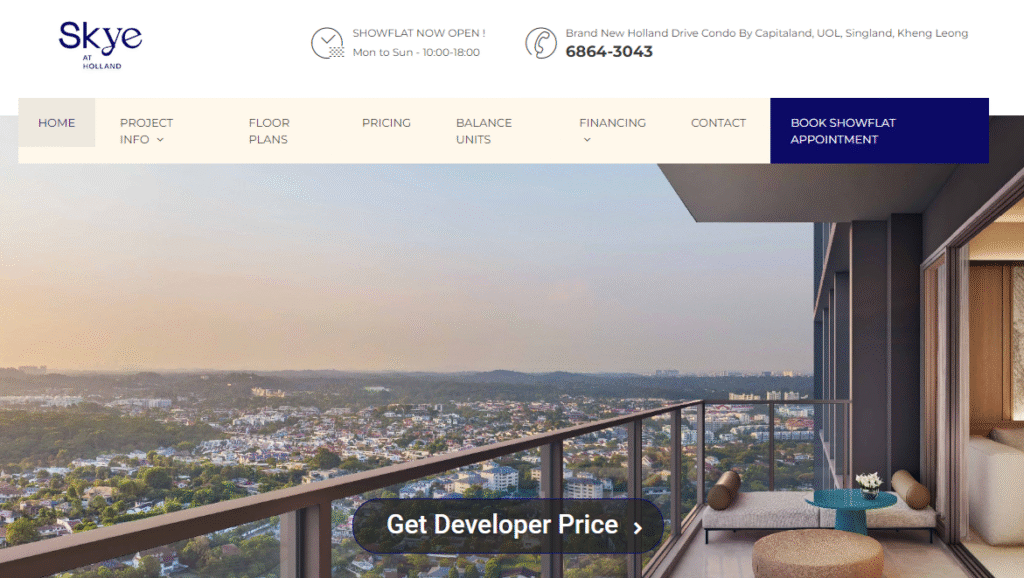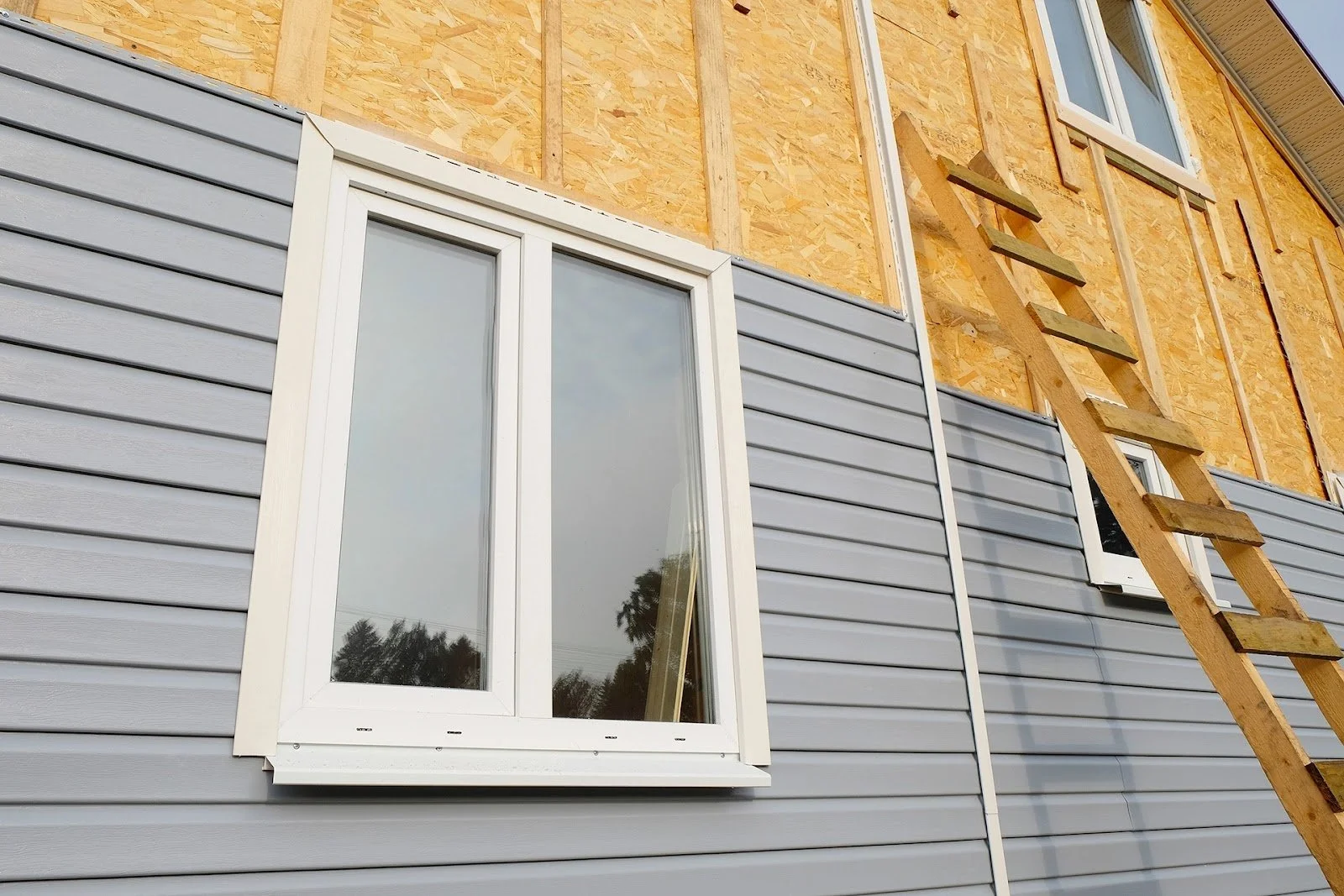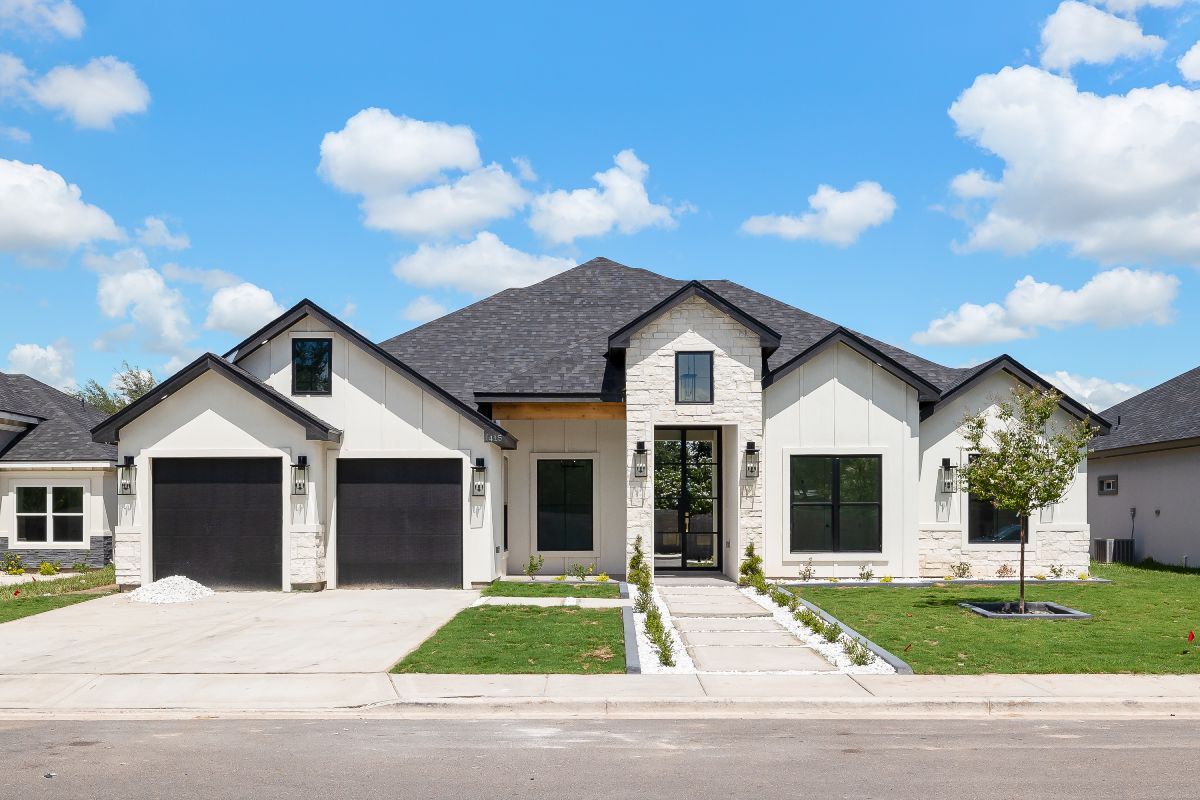Properties represent buildings, apartments, houses and rooms which one rents out. With rising legal costs, real estate is a highly profitable business. Real estate properties belong to two categories, residential and commercial buildings. Although the cost of land rises every year, the buildings constructed on the land depreciate at a rate depending on the location, cities and region.
Properties depreciate due to the weakening concrete structure over the years, because of the effects of weather. Electrical and mechanical systems need to be replaced in due course. A property owner can have one apartment building or multiple buildings. Property management is itself a function covering domains like tenants, i.e., who lives in an apartment, the rent structure (including monthly and daily rentals), rate of increase of rent and the maintenance of the building and its installations.
Property management software is a powerful tool in the hands of property owners, managers and landlords. It helps keep track of the tenants in different apartments and buildings. All the financial transactions related to the building can be managed, and the data can be retrieved. Besides these functions, maintenance is an important cost center for the management of buildings.
Property maintenance management software helps landlords in optimizing the maintenance costs of the building. Maintenance costs include repairing the installations like utilities, and maintaining outdoor maintenance works. The major modules include work-order generation, a database of the contractors and tradesmen, the history of the work orders, reports generation of the asset, and maintenance costs, to help managers make decisions regarding repair works and disposal.
A major portion of physical assets of corporate houses is in the form of buildings. Hence, property management software can be integrated throughout the enterprise. This will potentially reduce maintenance costs, and therefore reduce the operating and administrative costs of organizations.




